Insulating basement with existing VB, Worthy...
kparenteau
14 years ago
Related Stories
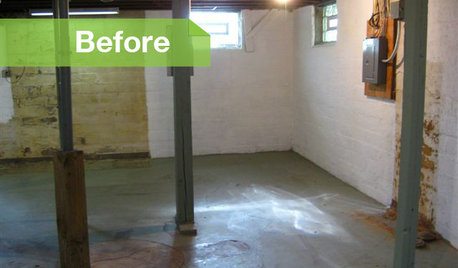
BASEMENTSBasement of the Week: Modern Style Converts an Empty Concrete Box
From raw wasteland to fab living, sleeping and storage space, this snazzy basement now covers all the angles
Full Story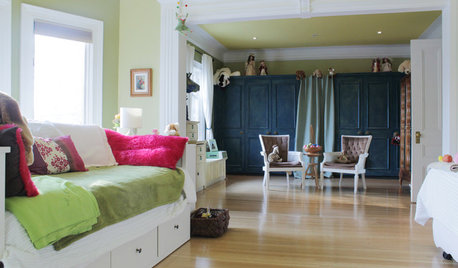
HOUZZ TOURSMy Houzz: Family Efforts Pay Off for a 1915 Home
Everyone from the kids to the grandparents helped renovate this Montreal house — and the results show how much they care
Full Story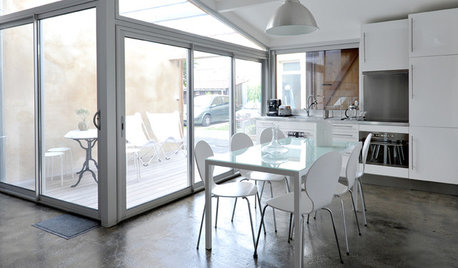
MORE ROOMSMore Living Space: Converting a Garage
5 things to consider when creating new living space in the garage
Full Story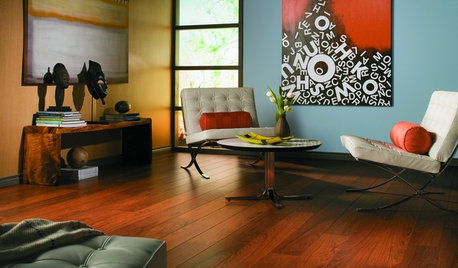
REMODELING GUIDESLaminate Floors: Get the Look of Wood (and More) for Less
See what goes into laminate flooring and why you just might want to choose it
Full Story
REMODELING GUIDESThe Hidden Problems in Old Houses
Before snatching up an old home, get to know what you’re in for by understanding the potential horrors that lurk below the surface
Full Story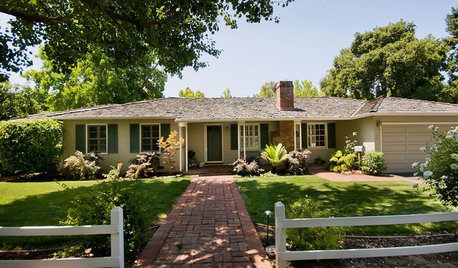
ARCHITECTURE10 Advantages of the Humble Ranch House
Boomer-friendly and not so big, the common ranch adapts to modern tastes for open plans, outdoor living and midcentury mojo
Full Story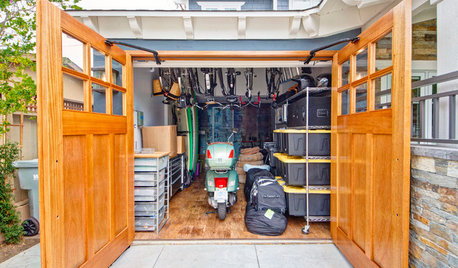
GARAGESHouzz Call: How Do You Put Your Garage to Work for Your Home?
Cars, storage, crafts, relaxing ... all of the above? Upload a photo of your garage and tell us how it performs as a workhorse
Full Story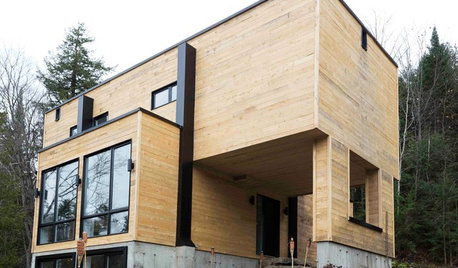
ARCHITECTUREHouzz Tour: Shipping Containers Make for an Unusual Home
Recycling hits the big time as a general contractor turns 4 metal boxes into a decidedly different living space
Full Story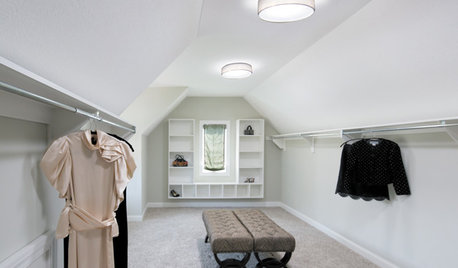
GREAT HOME PROJECTSHow to Add a Skylight or Light Tube
New project for a new year: Increase daylight and maybe even your home’s energy efficiency by opening a room to the sky
Full Story
MOST POPULAR15 Remodeling ‘Uh-Oh’ Moments to Learn From
The road to successful design is paved with disaster stories. What’s yours?
Full StoryMore Discussions






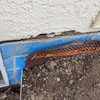

worthy
kparenteauOriginal Author
Related Professionals
Halfway General Contractors · Hampton General Contractors · Haysville General Contractors · Lewisburg General Contractors · Martinsville General Contractors · Monroe General Contractors · New Milford General Contractors · Five Corners Architects & Building Designers · Seattle Architects & Building Designers · Addison Flooring Contractors · Bossier City Flooring Contractors · Downey Flooring Contractors · Homestead Flooring Contractors · Nashville Flooring Contractors · Powder Springs Flooring Contractorsworthy
kparenteauOriginal Author
kparenteauOriginal Author
worthy
kparenteauOriginal Author
kparenteauOriginal Author
worthy